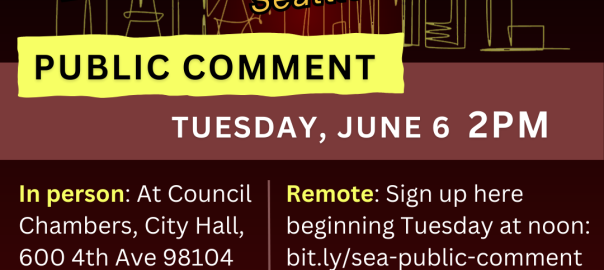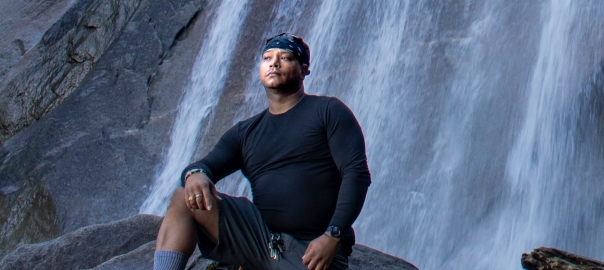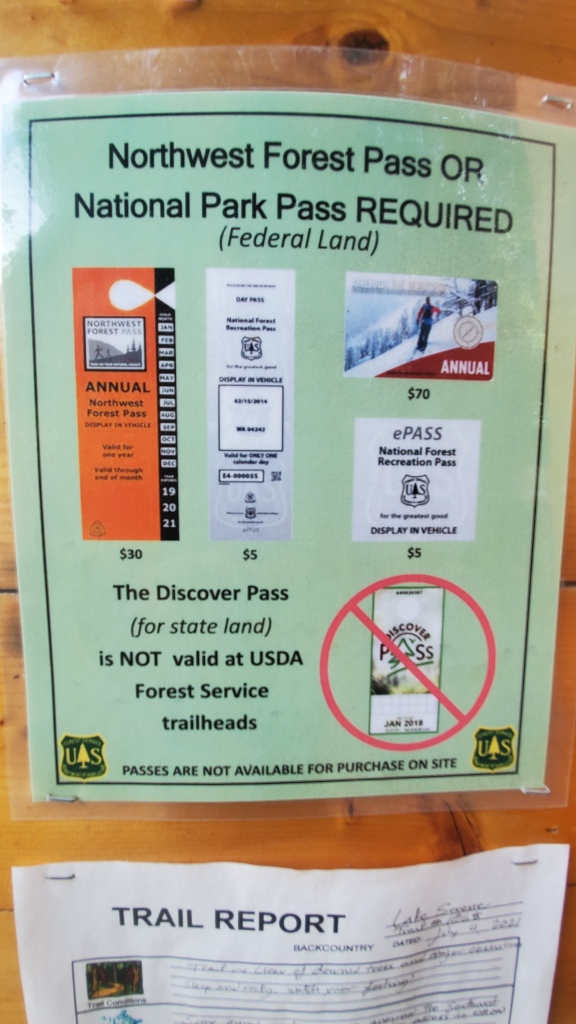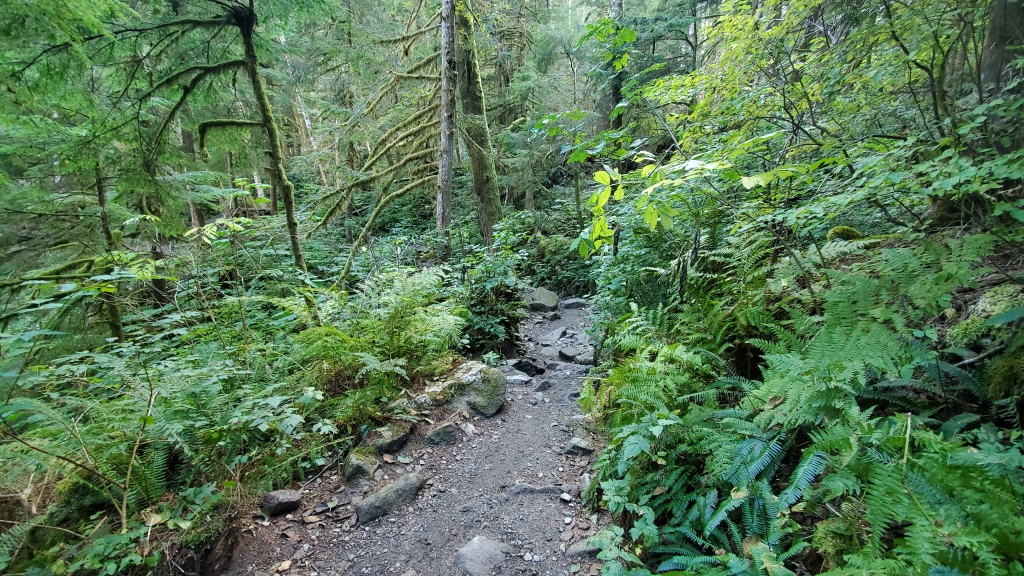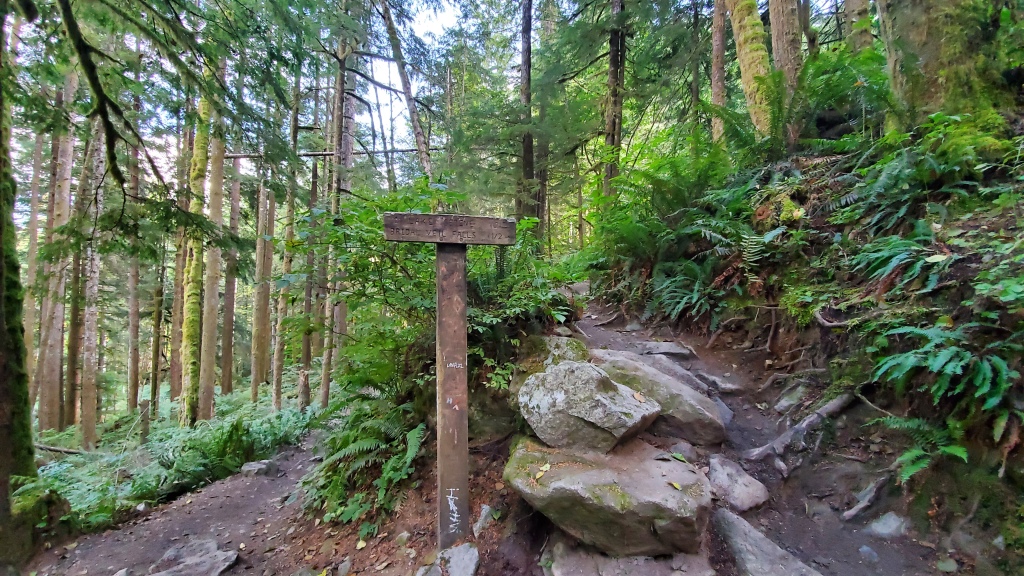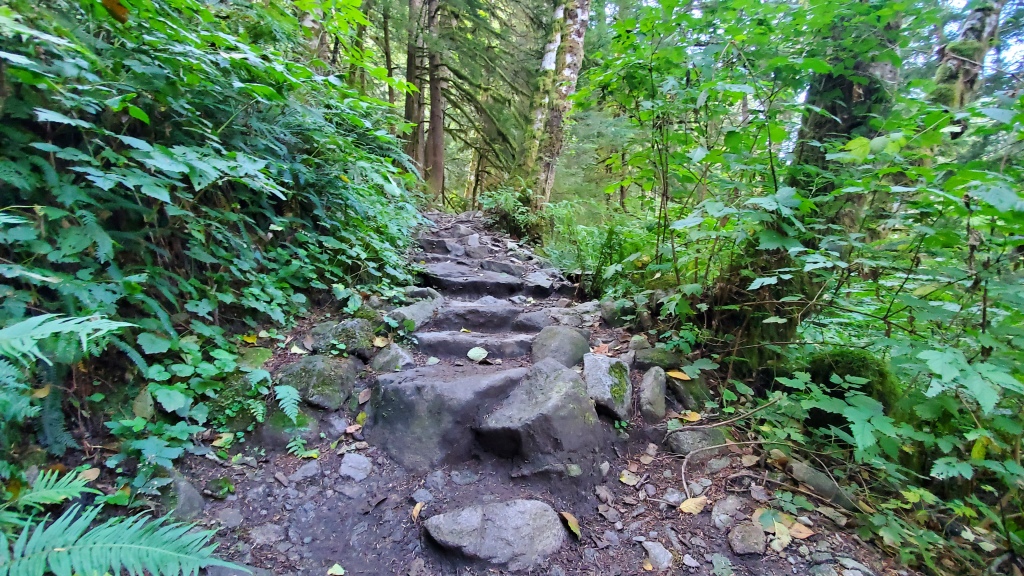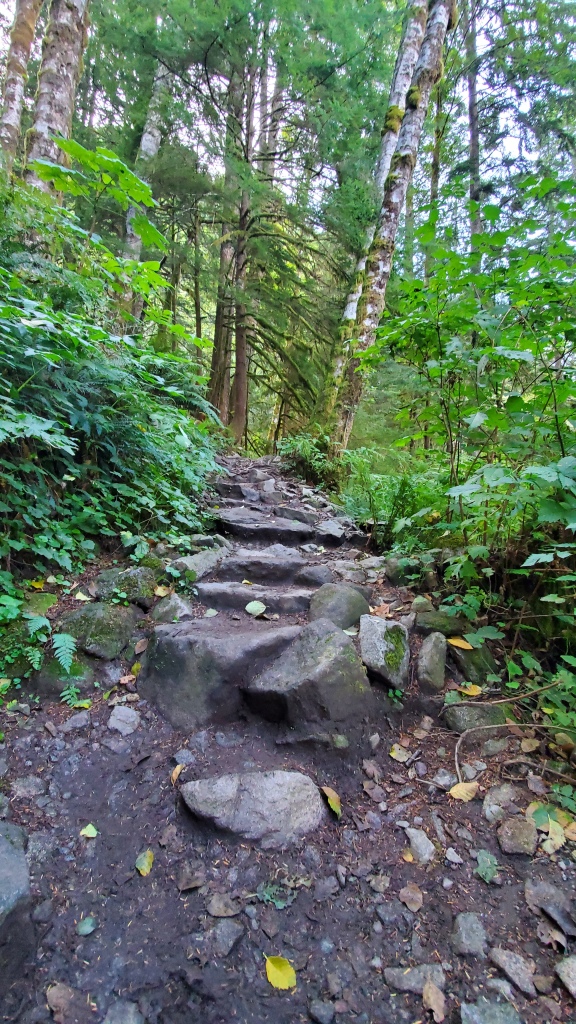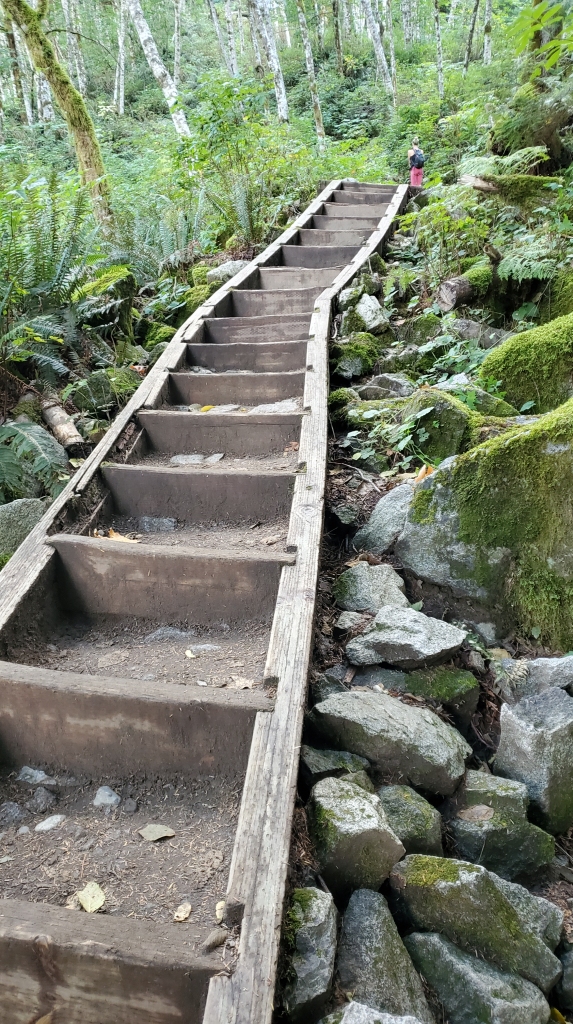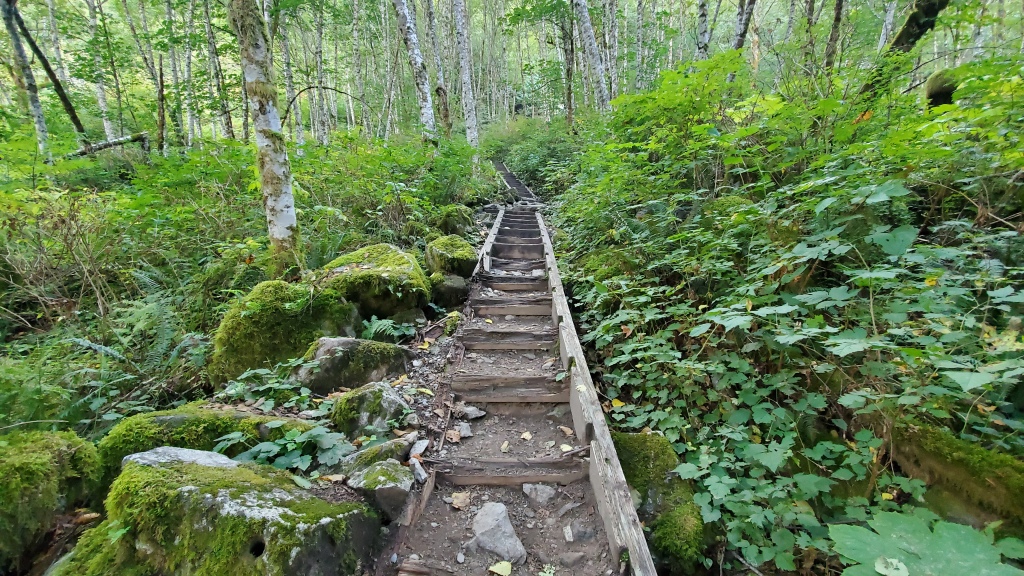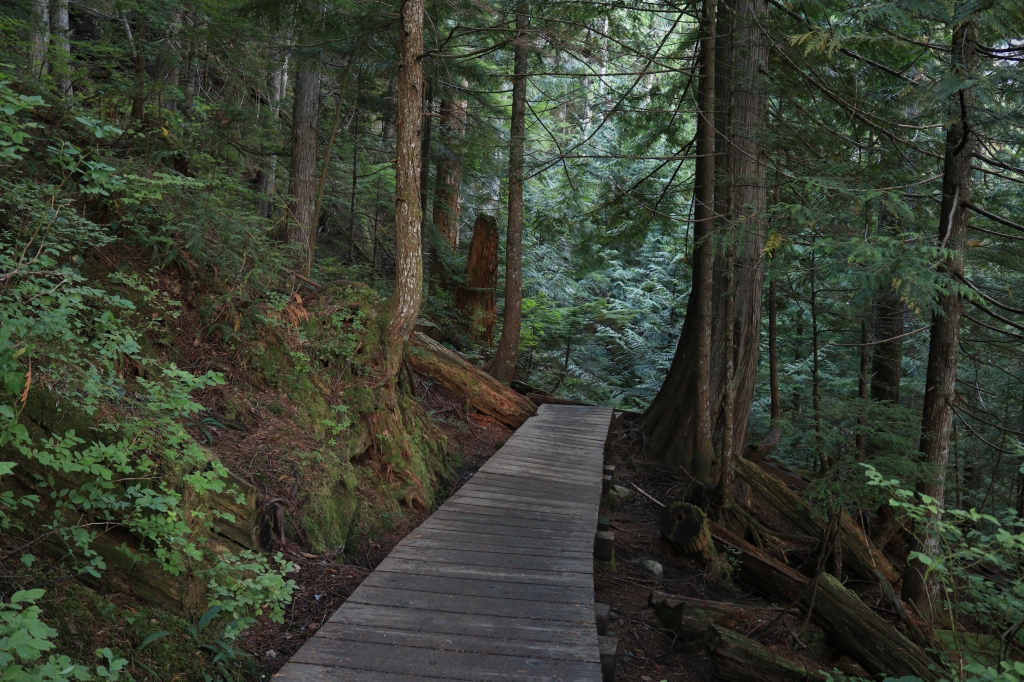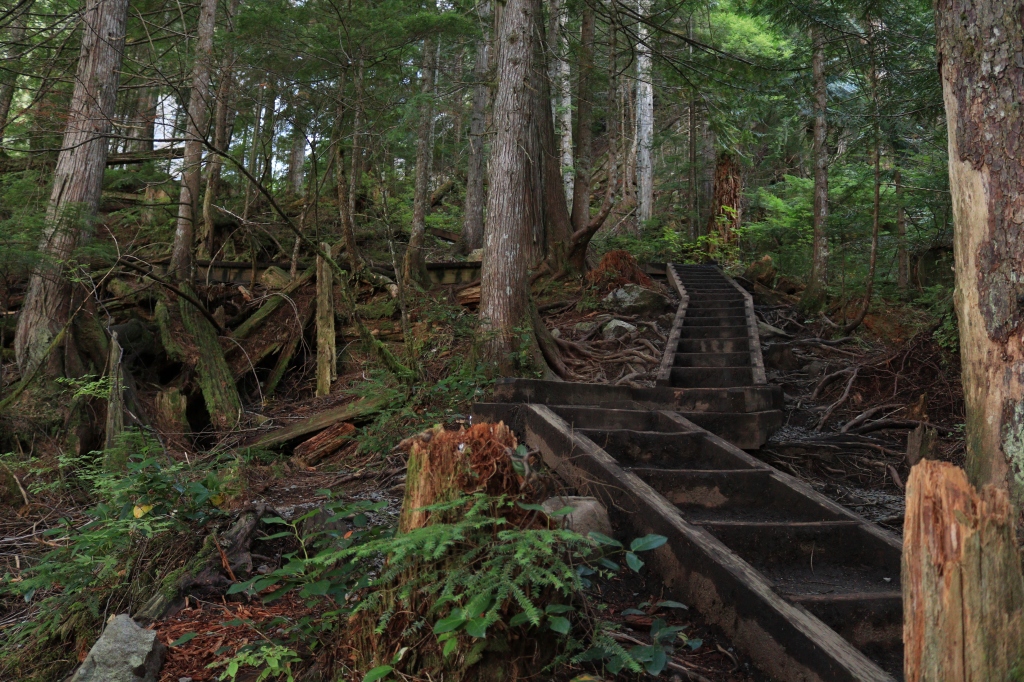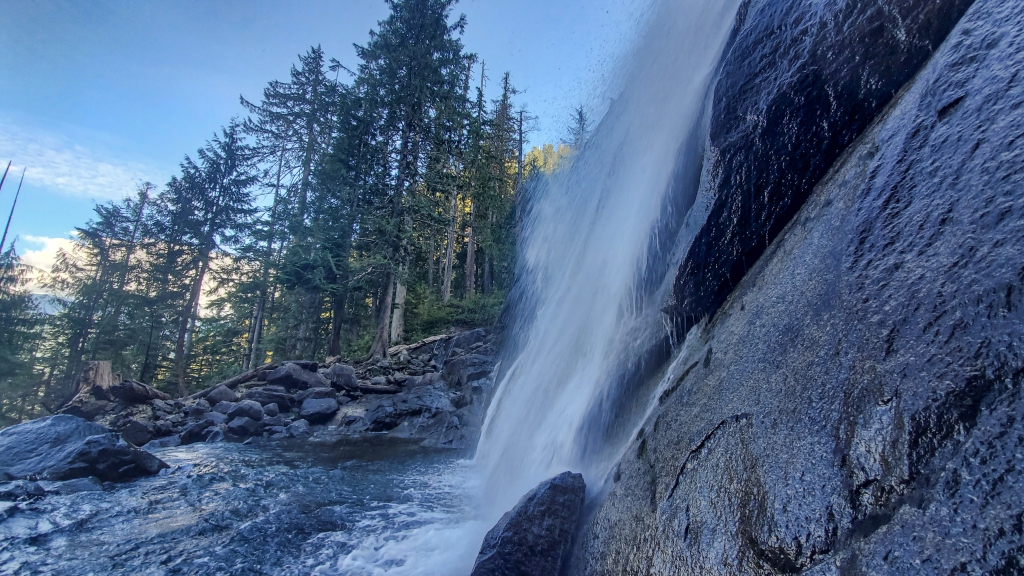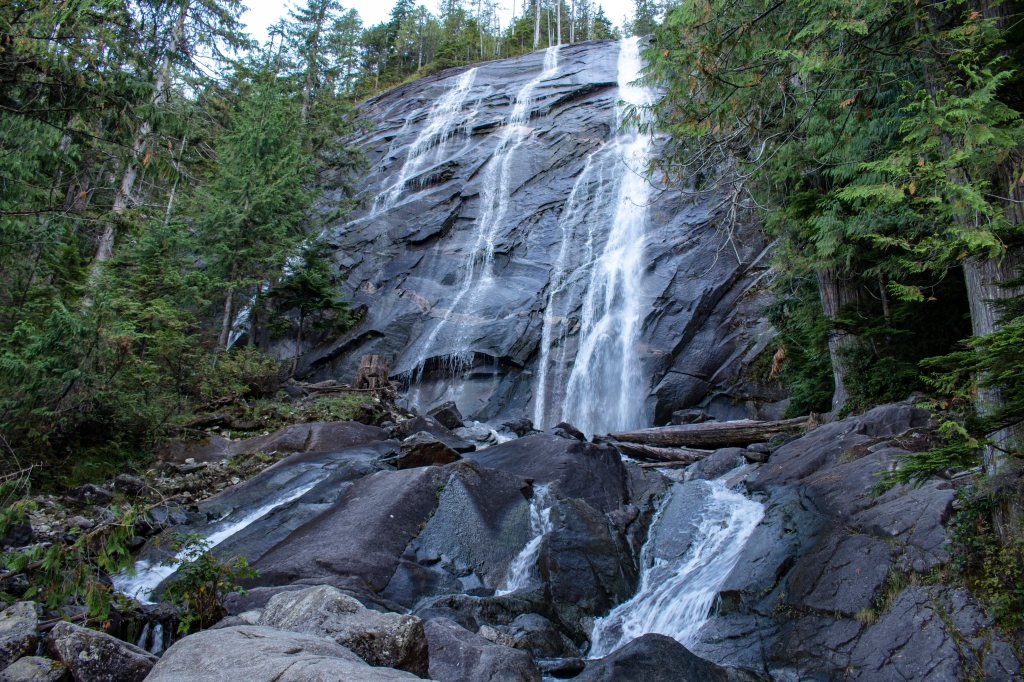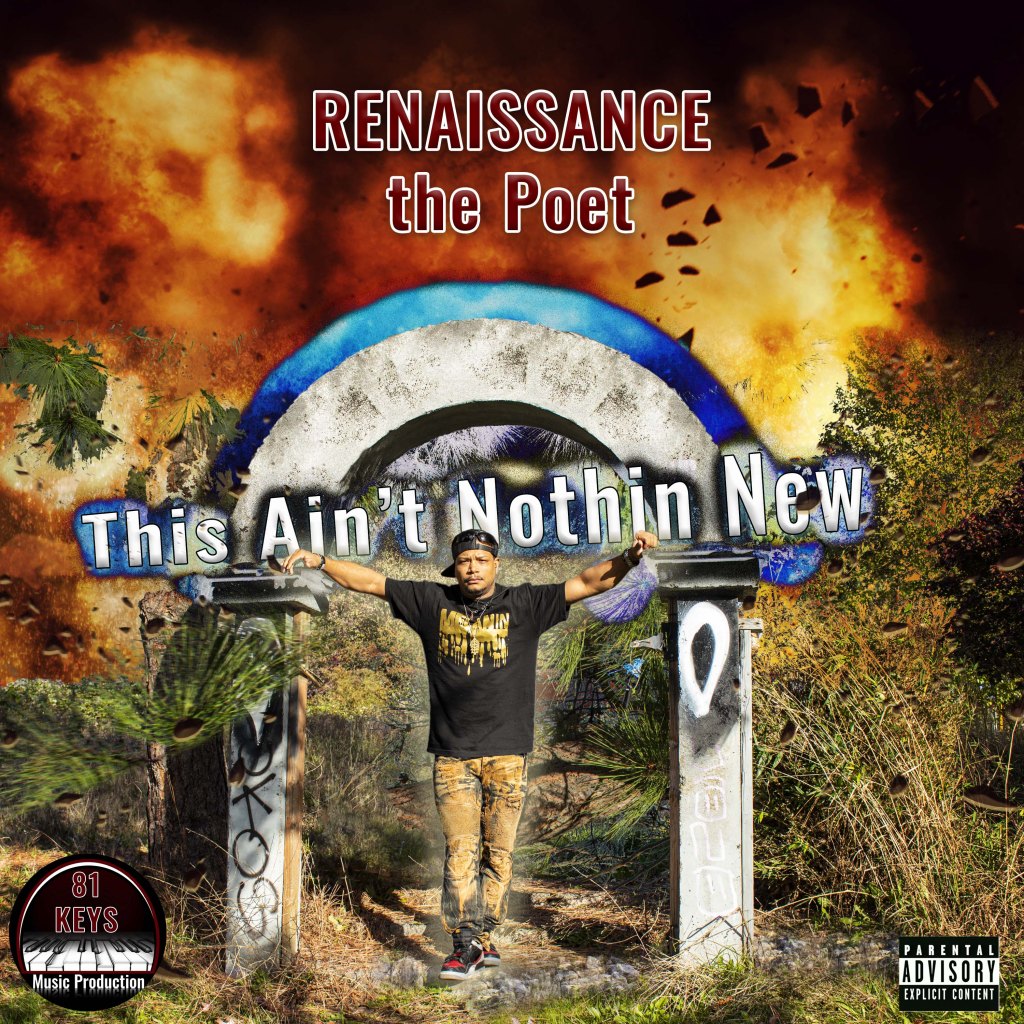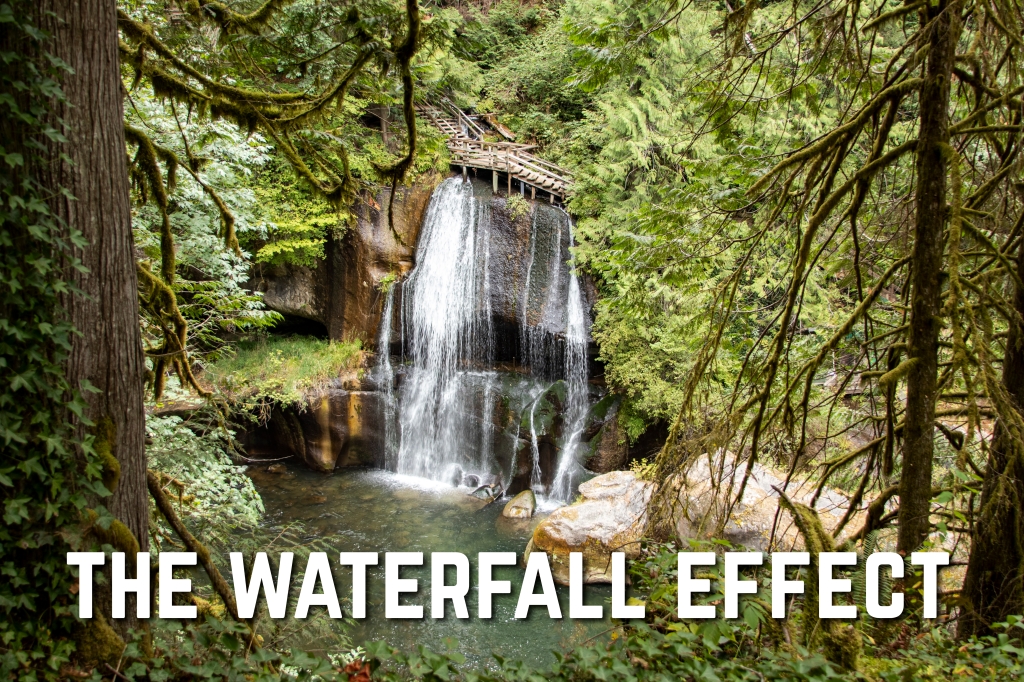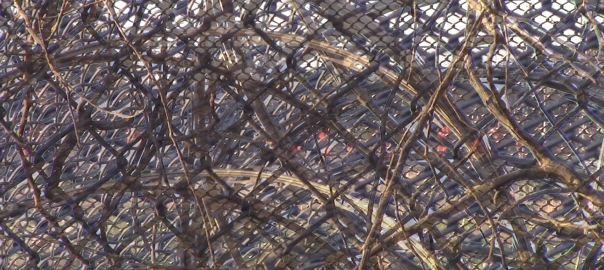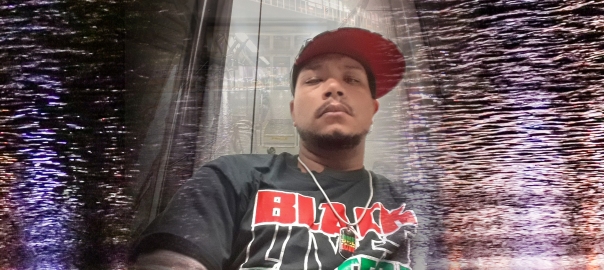Simply doing something, anything, because something needs to be done, is often the enemy of doing the right thing. People are dying because of Fentanyl. People are also being swallowed by addiction. People’s lives are being ruined both directly and indirectly. However, adding laws that criminalize drug use, expanding the prison industrial complex with laws that lead police to Stop-And-Frisk, and are used to target Black and Brown folx, all under the guise of helping people struggling with addiction, is a failed strategy. This is precisely what Seattle City Attorney Ann Davison, and Seattle City Council Members Alex Pederson and Sara Nelson are attempting to accomplish with CB120586. The legislation Davison, Pederson, and Nelson proposes would make possession and usage in public a misdemeanor in Seattle. Officials have inaccurately claimed that this is simply a technical amendment and that the City is required to adopt any crime the state passes. However, the City Council has the legislative authority to decide what laws get adopted and which ones don’t. Just as Seattle didn’t adopt the temporary drug law passed by the state in 2021, they don’t have to adopt the law passed by the state in May. This legislation asks Seattle to refresh the War on Drugs. It is simply doing “something”, “anything,” and it is the enemy of doing the right thing.
Not only did the War on Drugs of the 1980s fail to stop drug usage, it also criminalized and demonized Black and Brown people throughout the country and was a major part of the rise of the prison industrial complex. By the end of the 1990s, Black men were considered an “endangered species” because there were so many of us locked up or who had been killed. By 2005, the United States, which only had one fifth of the world’s population, also boasted twenty-five percent of the world’s prisoners. The impact to our communities, having so many of our people ripped away from us, is still felt today. This broke apart the social cohesion in our communities, and in part made us more susceptible and vulnerable to forces such as gentrification, which further dislocated and disorganized our communities.
The accusation that Black men were “Super Predators” by Hillary Clinton, and the 1994 Omnibus Crime Bill, signed into federal law by President Clinton with heaps of money for Student Resource Officers (SRO), went after our children in what is now known as the School-to-Prison Pipeline. The “Zero Tolerance” policies brought in by the 1986 Anti-Drug Abuse Act, and the 1994 Crime Bill with SROs, led to the criminalization of our youth through expulsions and arrests. This made a serious impact on education in our communities and interrupted our competitiveness in society. It also reaffirmed the perception that the youth of our community were adults, that cops feel justified shooting, and that courts treat as adults through what is known as Auto-Declines, which permits courts to sentence children as adults and to ship them to adult facilities. Our communities have been criminalized, incarcerated and murdered from birth, and none of this has had any real or tangible impacts on drug usage or addiction or quote-unquote “crime.”
What we now call “The War on Drugs” was started by President Nixon as a means to shatter the largest voting block ever to emerge onto the United States political landscape, the Black vote following the Voting Rights Act of 1964. Nixon targeted marijuana, placing it on the Schedule One controlled substances list, criminalizing possession and use. Because of felony disenfranchisement, this went right after Black people’s right to vote. According to the Sentencing Project, the current estimates of people who are denied the right to vote as a result of felony disenfranchisement is roughly 4.6 million. The political impact of this cannot be measured because every argument that can be made is counterfactual and would presuppose how people might have voted had they had the opportunity to vote.
In “Making Crime Pay,” Katherine Beckett showed how politicians utilize their platforms to exacerbate a ‘problem’ like crime or drugs to inflate both their prevalence and the public concern about them to create a mandate for making laws to criminalize people and behaviors, and to expand the prison industrial complex. We can see this tactic locally, when officials focused on our neighbors who are houseless, and the proposed method of management was to conduct over nine hundred sweeps in 2022. There is not a homelessness problem, there is a housing crisis. Yet, instead of making structural adjustments they increased police presence and targeted individuals. There is still a housing crisis. So the next strategy is to criminalize people who are houseless as a means to move them, “somewhere else,” as Mariame Kaba and Andrea J. Ritchie, the authors of “No More Police,” would say. However, neither proposal addresses the root causes and thus neither will solve the issues.
Making drug possession and usage a crime to compel people into treatment under the guise of preventing overdoses and saving lives is not only a failure, but could very well result in a lifetime of hardship or even a death sentence. People are between 40 times and 129 times more likely to die from an overdose after being released from jail. One conviction, whether time is served or not, can create 44,000 different legal barriers or “collateral consequences.” These include barriers to housing access and access to public assistance such as food and medical care or health care, and even access to jobs – the primary things that people need to not be wrangled into the revolving door of the criminal justice system. For immigrants, even if no jail time is sentenced, a drug conviction is disastrous. Misdemeanor convictions are a gateway to more charges and negative consequences that grow in severity, not less.
Many of our elected officials and politicians lack the political will to employ the strategies that have been proven to work and do not expand the prison industrial complex and the police institution and budgets. In comparison to police budgets, City officials have tossed pennies toward alternative community-based and holistic approaches that are not reliant on enforcement, punishment, and coercion. This gesture provides them with a flimsy reed upon which to make the argument, look we tried this and it didn’t work. But the reality is that the alternatives to the carceral system have never been appropriately resourced and have never had the chance to be successful.
Instead of a War on Drugs, what we need is a War on Poverty. Mariama Kaba and Andrea Ritchie write, “The systemic denial of accessible, nonjudgemental, and noncoercive mental health supports drives the very behavior that is condemned as antisocial. Focusing on drug addiction as an individual ‘condition’ to be cured rather than meeting the needs of people who use drugs as they define them, distracts us from the social conditions that shape and drive substance use.” Lack of access to health care, mental health care, accessible jobs, education, quality housing – that is, our basic human needs – are the primary driving factors of substance use and so-called ‘crime.’
Our communities do not have these things, not because we have been forgotten, but rather because we have been systematically targeted and abandoned for generations. It is impossible to forget that chattel enslavement was outlawed in 1865, then there was the advent of Jim Crow, which was not outlawed until the 1964 Civil Rights Act. Black, Indigenous, and People of Color were not counted as citizens, let alone full human beings. Our people were red-lined as the War on Drugs and the Prison Industrial Complex started and Mass Incarceration became what it is today. Society has not come as far as it proclaims. It is still in the laws, it is still in the mores, it is still in the policy decisions and arguments about funding and resources. It is still embedded in the deserving vs undeserving rationalizations that claim our people are burdens on the system that has oppressed and exploited us and our predecessors for profit and gain.
What we ask is for a shift from the normal mode of operation and business as usual of increased criminalization and policing, and instead prioritize community-based alternatives that address root causes. This is precisely what Seattle Solidarity Budget has been articulating since 2020, which is a coalition organizations and groups across the city that includes, Black Action Coalition, Puget Sound Sage, Creative Justice, Stop the Sweeps, Whose Streets Our Streets, CID Mutual Aid Coalition, 350 Seattle, Seattle Neighborhood Greenways, and a host of endorsers that are all focused on real solutions.
Our community is concerned about what is happening to our people, that many are turning to drugs as a means to cope with the day-to-day, and that many are dying as a result. We are also concerned about the harm that emerges within the community as a byproduct of drug usage. Every life is precious and so is the quality of life that each of us gets to enjoy. This is why it is not good enough for us to simply do anything because something needs to be done, we need to be doing the right thing. The War on Drugs failed and so will a New War on Drugs.
Join us, Tuesday 6, 2023, at Seattle City Hall, at 2 PM to tell Seattle City Council that criminalizing drug use is not the answer. They have the power to reject this ordinance and not adopt state law. In-person testimony is preferable, but online is also effective. It is important that this proposed ordinance is not passed under the radar of the community members most impacted by it. Seattle City Council has not sought our counsel to ascertain what we want or why. They are moving paternalistically. We intend to interrupt that process. They need to hear from us because simply doing anything, because something needs to be done, is the enemy of doing the right thing.
You will find all the information you need to sign-up for public comment at the following link:
https://bit.ly/no-war-on-drugs-seattle
#NoNewWarOnDrugs
